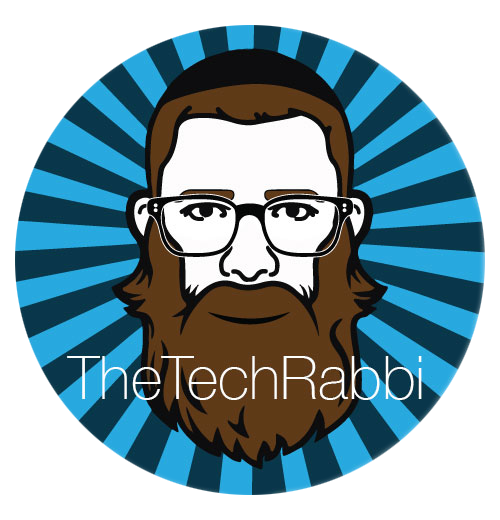None to One: Thoughts On Year One of 1:1
Imagine, a school where every student has a mobile device. Freed from the chains of classroom walls, outdated textbooks, and the grip of an all-knowing authoritarian teacher. A place where students carve out their own destiny through thoughtful and innovative learning experiences that not only result in a gain of knowledge, but character and life experience as well. Now wake up. Welcome to an edtech fairytale that simply does not exist – yet.
We all want to be there, but the question is how?
Since spending $1 billion dollars doesn't guarentee success, and no amount of passion and determination will launch a costly technology project into reality, how is a school able to harness the power of mobile technology as a learning tool in a way that supports authentic learning?
How we did it
There is no magic formula for success. Every school culture is different and the Director of Educational Technology has little to do with an organic and sustainable 1:1 environment. During the 2013-2014 school year, we launched phase one of our iPad Program distributing 130 iPads to faculty and students, as well as a Macbook Mobile Lab with 30 laptops. This coming fall we will launch phase two adding another 110 iPad devices.
This is what we did, and how we did it (and didn't).
Professional Development:
I worked with a handful of educators for a full year supporting carefully guided projects with a set of 10 iPads. Students were always two or three to one, and no project launched without careful planning and focus on learning objectives that kept the iPad in check as a tool and not a solution. In June and August before the fall launch, we had a mandatory three day iPad Bootcamp for all 4th through 8th grade faculty led by our principle, Jason Ablin, and myself. Faculty learned how to use an iPad through collaborative projects that demonstrated the iPad's power as a learning tool and helped build confidence for faculty that would have these devices in the hands of their students on a regular basis.
1:1 Student Launch:
This is an area where schools need to be very careful. No amount of teacher buy-in, and parent support can make this program a success without the students. When we toured Hillbrook in Los Gatos, Don Orth shared with us how they release iPads into the wild. It's a method that we did not use, but retroactively wish we did and plan to use in the future. Instead of handing iPads to students and then working on digital citizenship, literacy, and expectations of learning, they flipped that process. Based on his advice, our fall 2014-2015 launch will be as follows.
During the first 30 days of school, students in the 1:1 iPad Program will work towards a educational technology certification that will demonstrate their proficiency in Digital Literacy with the iPad and Google Apps, as well as Digital Citizenship and 21st-Century Competencies. Students will not be able to take their iPad home until they become certified. In addition to the basic certification, student will have an opportunity to get certified as a student technology leader.
This past year we launched 1:1 iPads after a full day workshop with students and 1 parent. We had Lori Getz come 3 times to speak with students and parents on the social and emotional challenges and benefits of technology and internet use. We offered "Tech Cafe" events for parents as well. During the year, I taught the Common Sense Media Digital Citizenship curriculum to classes culminating in me becoming a Common Sense Media Certified Educator.
This process worked well, but the soft launch seems to offer better opportunity for conversation about how we use, and would like to use technology.
Faculty Support:
This is another crucial area. Workshops are great, but the faculty in the first two years needs to know there is someone in the building that is supporting them above and beyond. I work with faculty members daily supporting them in integrating iPad technology into current curriculum, as well as build up confidence to create new projects using the SAMR Model, ISTE & UNESCO Standards, and Gartner's Hype Cycle. Together we documented our plan, our challenges, and closely record the process from start to finish. At the end of the project, we debriefed to determine how to better manage the project in the future.
Digital Literacy:
I worked with faculty and students on digital literacy.
I am a true believer that our students are digital natives, and do not need to be trained on how to operate technology devices, but they, without question, need guidance on efficient, organized, and focused uses of technology.
Thank G-d, we have an amazing and truly innovative faculty. Their willingness to grow as educators, as well as find new ways to help students explore, is the key ingredient in the success of any type of program that supports education. Stay tuned for Phase 2 this fall.

